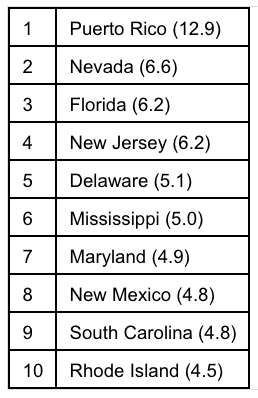The remnants of the financial crisis continue to slowly disappear as the number of foreclosures begins to return to levels witnessed before 2008, Equifax’s June 2016 National Consumer Credit Trends Report found.
The monthly report analyzes data from more than 220 million consumers.
According to the report, the first mortgage write-off rate in the U.S. dropped to 3.3 basis points (or 0.033%) of outstanding balances, while the total number of first mortgage defaults in June was 17,909, the lowest since January 2007.
The report noted a write-off is a loan terminated in severe derogatory status, which for mortgage loans most often means a loan terminated when a bank seizes the collateral property through a foreclosure process.
"The backlog of foreclosures from the financial crisis finally appears to be waning and write-offs are returning to historically-normal levels," said Amy Crews Cutts, senior vice president and chief economist at Equifax.
"Rising home values have helped significantly, as have improving labor markets. Given the low inventory of homes for sale and the overall improving credit profile of the U.S. consumer, we expect home sales to maintain the upward trend we've seen in the first half of the year and for mortgage default performance to continue its downward path,” she continued.
Equifax’s report echoes CoreLogic’s report from Tuesday, which found that foreclosure inventory is finally back to pre-crisis levels.
This news isn’t universal though as some areas remain elevated.
For example, the Equifax report cited that at 12.9 basis points, the write-off rate in Puerto Rico is three times higher than the national average and in Nevada, the rate is twice as high (6.6 basis points).
The chart below gives a ranking of the 10 states or territories with the highest write-off rates:
Click to enlarge
(Source: Equifax)







